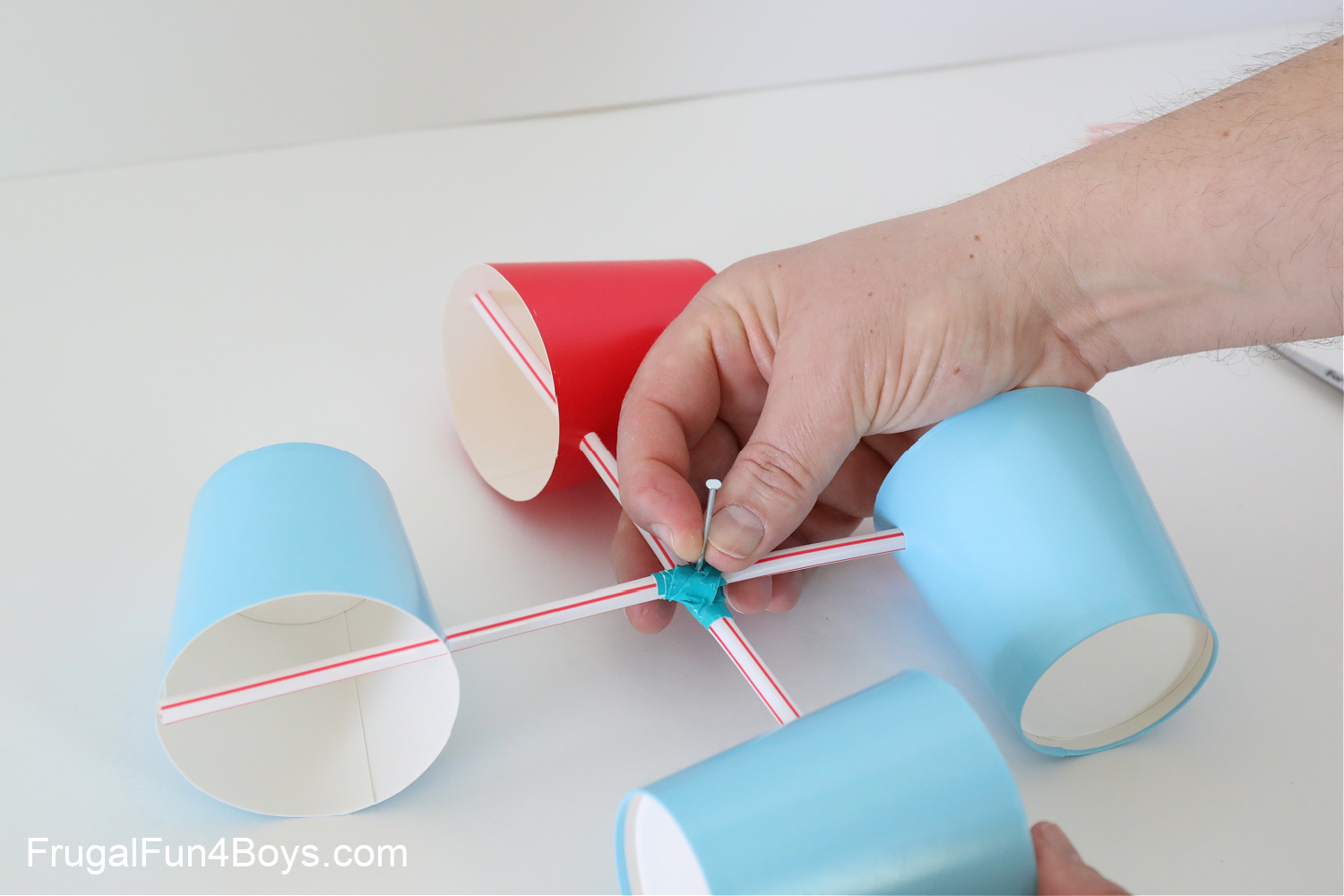All You Need to Understand About Anemometers: How They Work, Why They Matter, and Where to Use Them
Anemometers, though frequently forgotten in the realm of clinical tools, play an important role in different fields, using beneficial insights into wind rate and airflow patterns. As we delve into the complexities of anemometer innovation, we will uncover the inner operations of these devices, their relevance, and the key considerations when choosing the appropriate anemometer for particular applications.

Anemometer Essentials
A crucial instrument made use of to determine wind rate and direction, the anemometer plays an important role in meteorology and various markets. An anemometer generally is composed of 3 or 4 mugs that revolve in the wind, a vane that points right into the wind, and sensing units to track the turnings or movements. By calculating the turnings or movements over a details period, the anemometer can figure out wind rate. The vane aids establish wind instructions by aiming into the wind, giving beneficial data for weather forecasting, aviation, maritime procedures, environmental surveillance, and wind power applications.
There are different types of anemometers offered, including cup anemometers, vane anemometers, hot-wire anemometers, and sonic anemometers, each with its one-of-a-kind features and applications. Mug anemometers are generally made use of for basic wind rate dimensions, while vane anemometers are preferred for directional dimensions.
Concepts of Anemometer Operation
Structure on the foundational understanding of anemometer fundamentals, the principles of anemometer procedure illuminate the auto mechanics behind wind rate and direction measurements. Mug anemometers, for instance, have 3 or more cups that record the wind, triggering them to spin faster as the wind rate boosts. Hot-wire anemometers rely on a heated wire that cools down as wind passes over it, with the price of cooling down establishing the wind speed.
Importance of Anemometers
Anemometers play a crucial function in gauging wind speed and instructions, providing essential data for weather condition projecting, climate researches, ecological surveillance, and aeronautics operations. Meteorologists rely on anemometers to gather precise wind data, helping them comprehend weather patterns, predict tornados, and issue prompt warnings to the public. Wind ranch operators make use of anemometers to examine wind problems and make best use of electricity production from wind turbines.
Applications Across Different Industries
Applications of anemometers span across varied industries, showcasing their flexibility and energy past meteorology. In the renewable resource sector, anemometers play a critical duty in evaluating wind problems for wind ranch positionings, making sure optimal energy manufacturing. Industries like construction and mining make use of anemometers to keep an eye on wind speeds, critical for security methods, particularly when operating at elevations or in open-pit mines where strong winds can present dangers. Anemometers are likewise essential in the aeronautics sector, aiding pilots in recognizing airspeed and wind instructions for secure take-offs and landings. The maritime sector benefits from anemometers for ship navigation, assisting sailors prepare for weather condition adjustments and readjust routes as necessary. In farming, anemometers help farmers in taking care of crop spraying by providing real-time information on wind rate to prevent drift. Anemometers find applications in A/c Learn More systems to optimize air movement and enhance power effectiveness in buildings. The diverse usage situations of anemometers emphasize their relevance throughout numerous sectors, highlighting their important function in boosting operational safety and effectiveness (anemometer).

Choosing the Right Anemometer for Your Demands
Picking the ideal anemometer customized to your particular demands is important for getting precise wind speed and instructions measurements. When choosing an anemometer, think about variables such as the desired application, needed measurement array, environmental conditions, and wanted attributes. For basic objectives, a cup anemometer appropriates for gauging wind rate, while a vane anemometer gives wind direction data. Hot-wire anemometers are excellent for low airspeed dimensions, and ultrasonic anemometers provide high accuracy and longevity.

Verdict
In conclusion, anemometers play a critical role in gauging wind speed and instructions across numerous sectors. Recognizing the concepts of anemometer operation is crucial for picking the appropriate gadget for particular needs. From meteorology to aeronautics, anemometers are crucial devices for gathering accurate information and ensuring security in different applications. When choosing the most appropriate device for measuring wind conditions., it is important to think about the importance of anemometers in order to make informed choices.
There are different types of anemometers available, consisting of cup anemometers, vane anemometers, hot-wire anemometers, and sonic anemometers, each with its distinct features and applications. Mug anemometers are commonly utilized for fundamental wind rate dimensions, while vane anemometers are chosen for directional dimensions. Hot-wire anemometers are ideal for reduced airspeeds, and sonic anemometers are ideal for high-precision measurements in study and industrial settings.Building on the fundamental understanding of anemometer fundamentals, look at this web-site the principles of anemometer operation elucidate the mechanics behind wind rate and instructions dimensions. For basic objectives, a mug anemometer is suitable for determining wind speed, while a vane anemometer offers wind direction information.